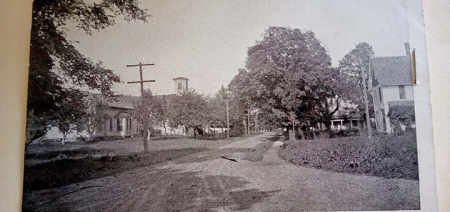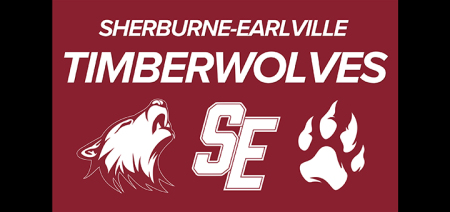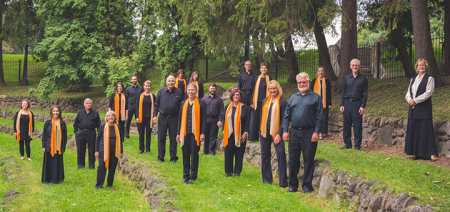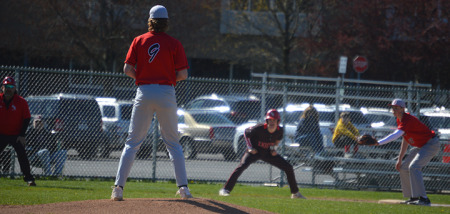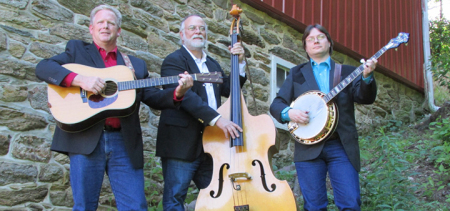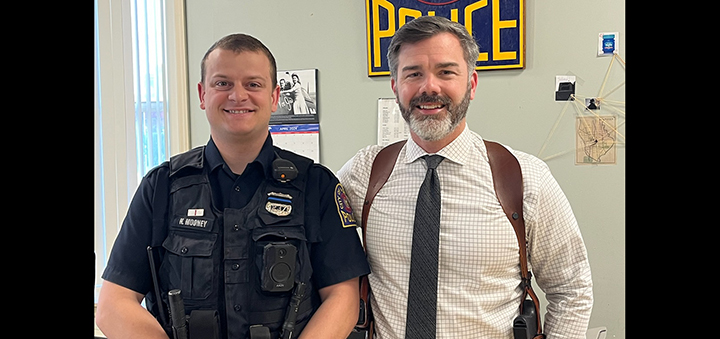Outdoor Chenango: Late (early) Archery Tactics
Published:
November 1st, 2023
By:
Eric Davis
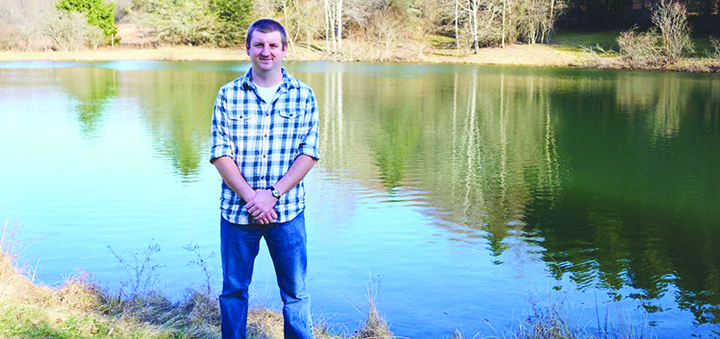
Archery season has been open for a full month now, and the current swing cold snap should be a welcome sign to those who haven’t harvested a deer yet. The decreasing length of days should be triggering does to start coming into estrous. This occurs regardless of the temperature. Where the temperatures help is with keeping deer on their feet.
Once does start coming into heat, bucks will be roaming all over to find a receptive doe if they already aren’t with one. If it is hot out, the deer cannot withstand wandering as long because they will get too warm and will need to rest to cool down. However, with colder temperatures the bucks can be active longer before needing to slow down.
The colder temperatures also help with doe movement as their metabolism increases to maintain their core body temperature against the colder air surrounding their body. This causes them to need to increase how many calories they take in by eating more. Earlier arrival to feeding areas or extended stays in feeding areas means that does can move more during legal hunting hours, hopefully with bucks coming around to check on them.
Cruising is the first noticeable phase of the deer rut with bucks traveling outside of their core territory in hopes of finding the first doe that comes into heat. The urge to go looking will cause bucks to travel long distances, including during daylight hours. A sudden increase in buck pictures without does in them, especially during daylight, on trail cameras is a sign that they have started cruising. Once does do come into heat, things can get crazy with multiple bucks potentially chasing one doe around to try to get to breed with her. Deer activity can occur at any hour of the day once the rut is in full swing.
Hunting close to doe bedding areas is often a successful tactic during the rut. Bucks will cruise the downwind side of the bedding area to get the scent of any does that are in estrous. So, if you set up another 30-40 yards downwind of the edge of the bedding cover, bucks should walk the edge in a slice of woods that is upwind of you but downwind of the does.
Another good place to hunt is in pinch points between bedding and feeding areas. This could be where multiple trails come together near a crossing of a creek or where an old stone wall is worn down and makes for easier crossing.
These funnel the deer to a specific location as they are going from bedding to feeding or vice versa. As bucks are wandering to find the next hot doe, they will have to use these crossings and you can be set up waiting to intercept them.
The next couple of weeks are the best time to use calls to fool deer into coming into range. Doe bleats and tending grunts sound like a buck that is chasing a hot doe. Rattling and grunting can sound like bucks fighting, which can bring in other bucks who want to a chance to show how tough they are. If you call, stay alert and look all around as deer can approach slowly.
They often will try to circle downwind to smell what is there so set up with something behind you like a steep bank or other terrain feature that would keep the deer from circling there to get your scent.
Author: Eric Davis - More From This Author
Comments

